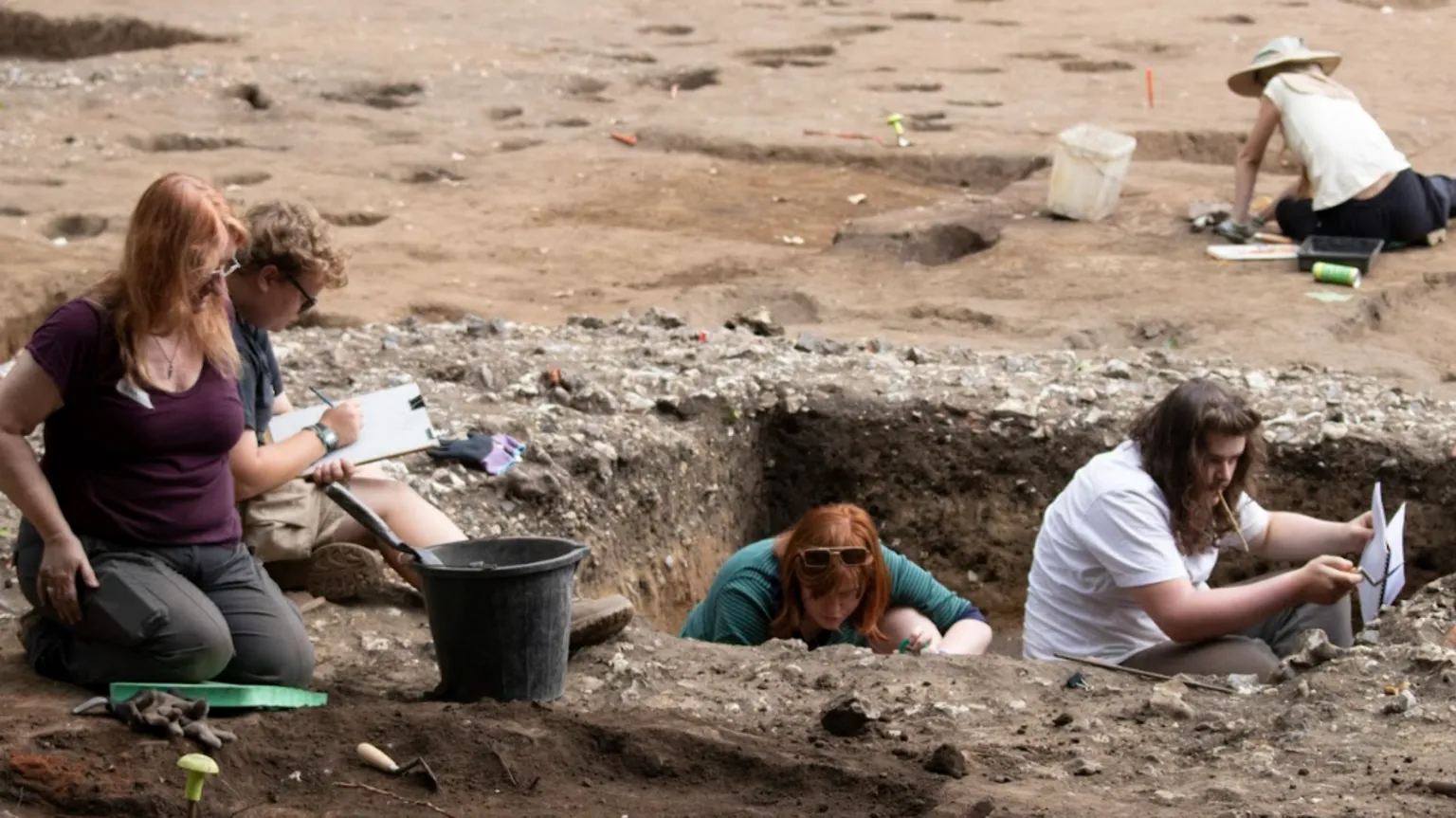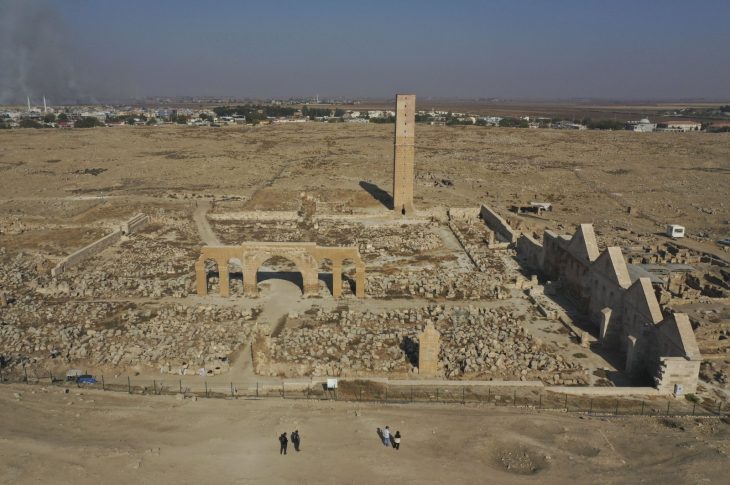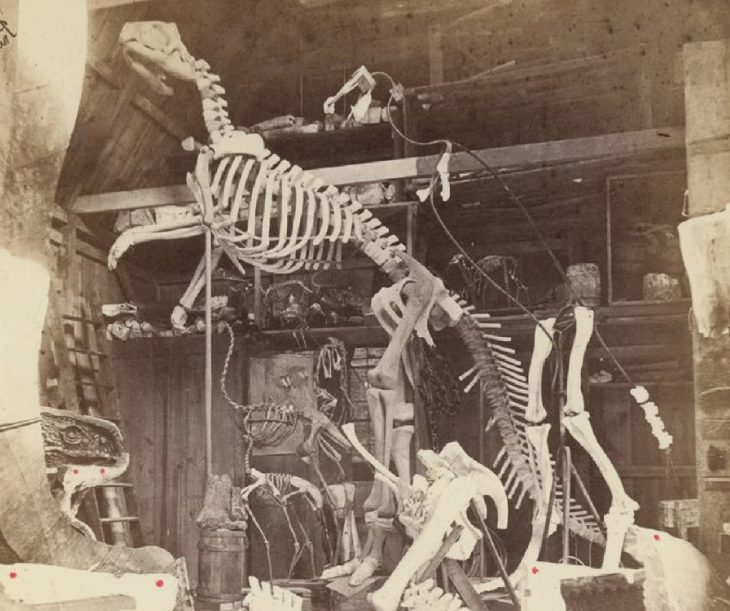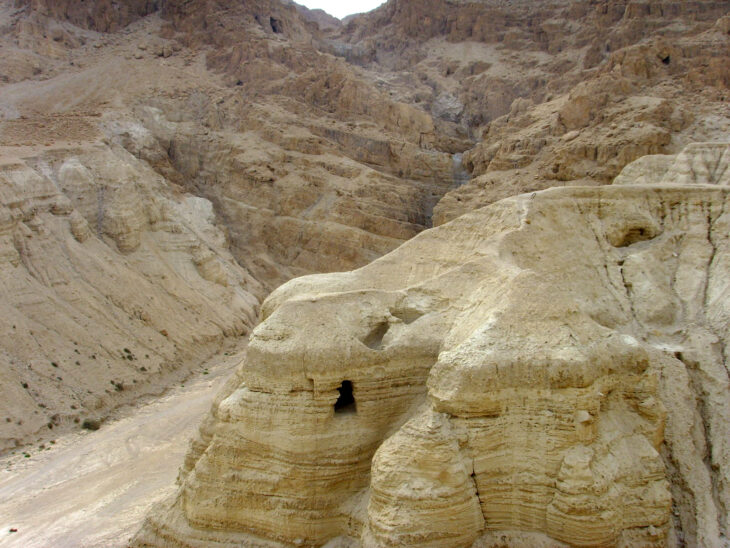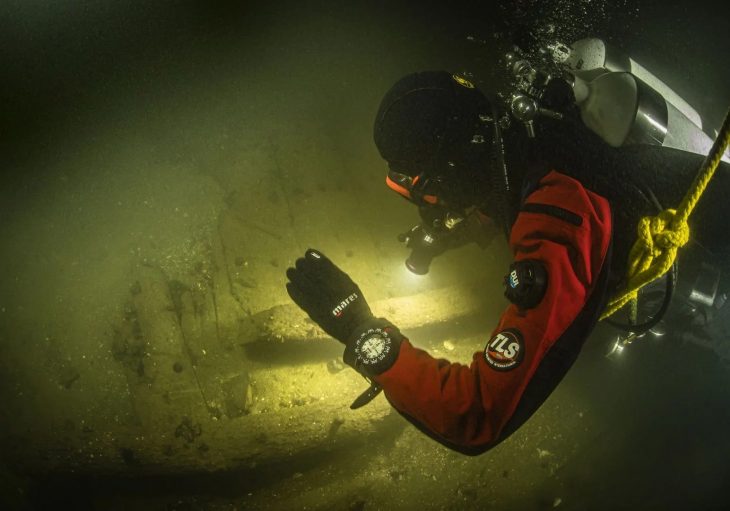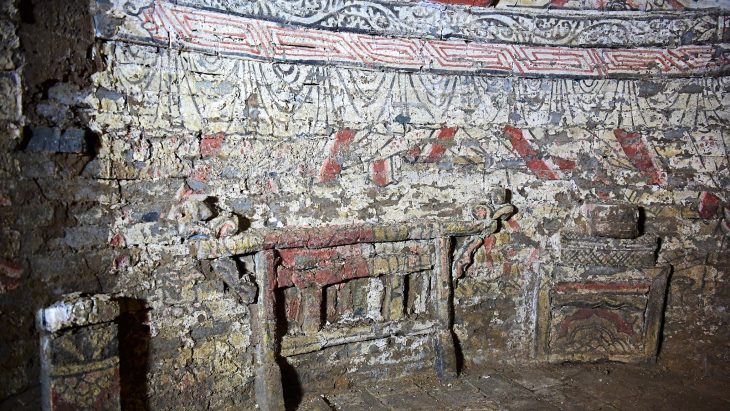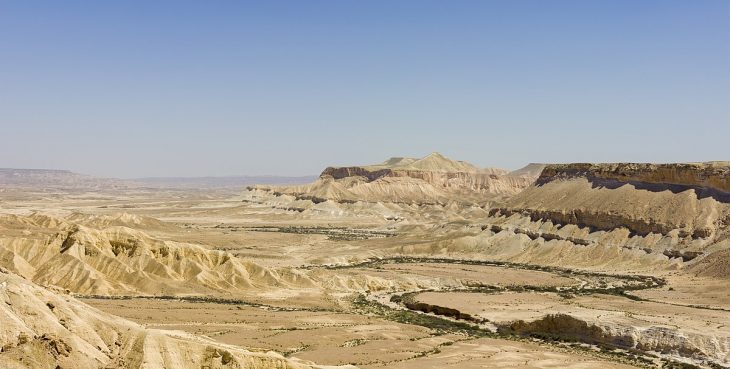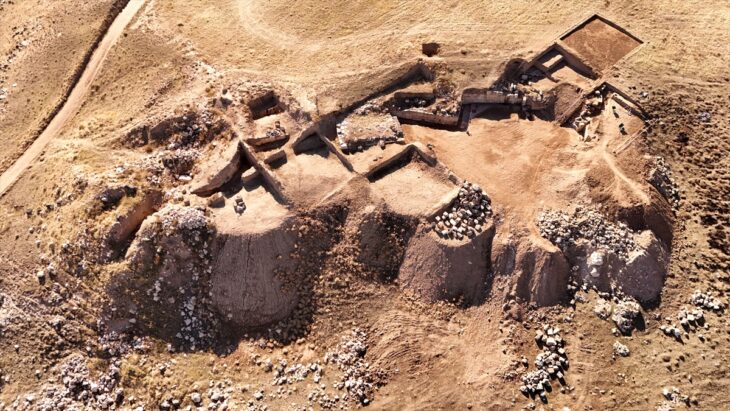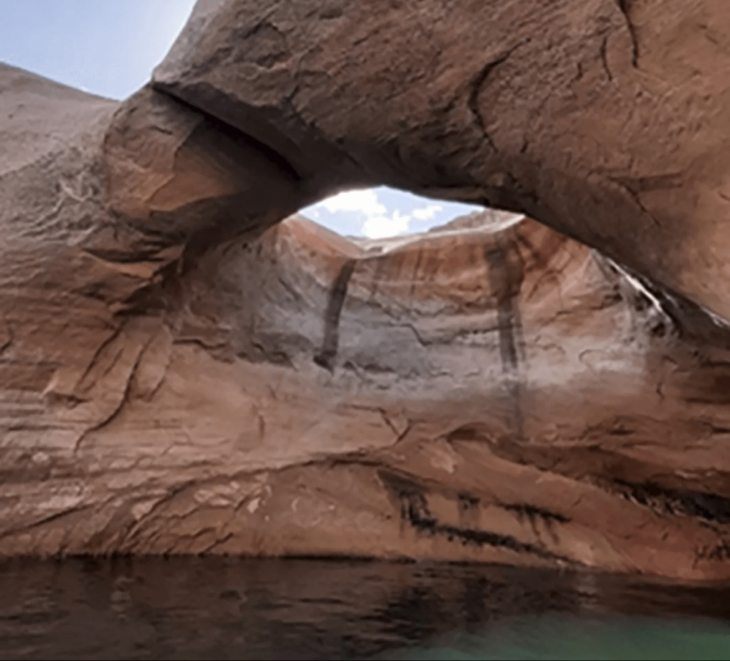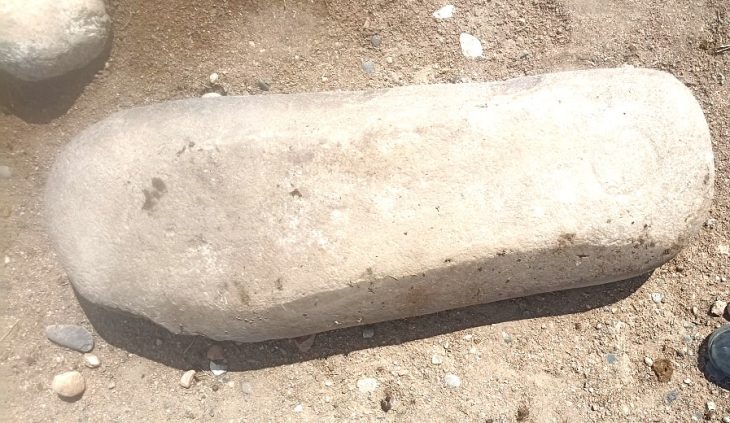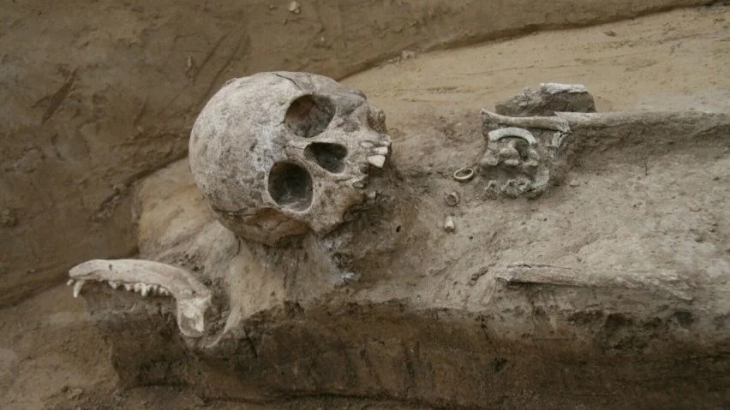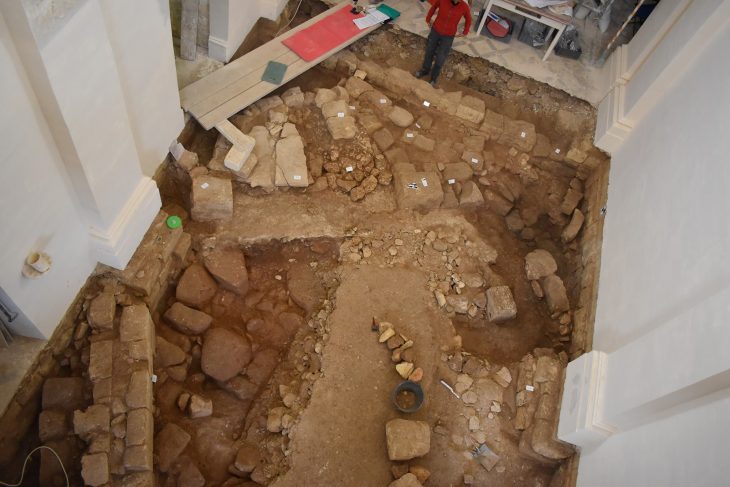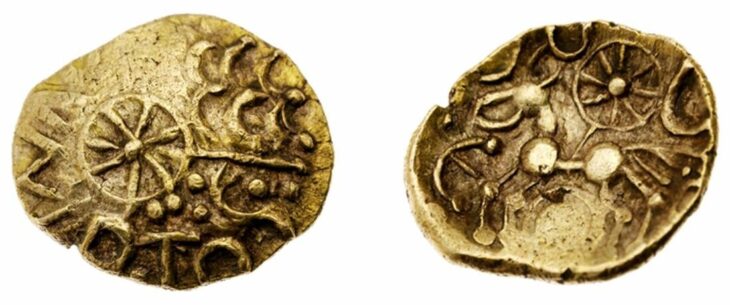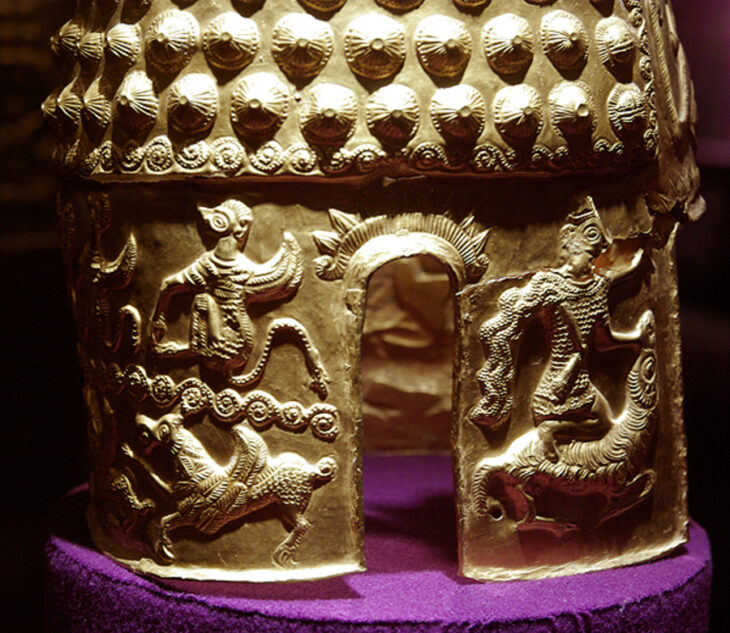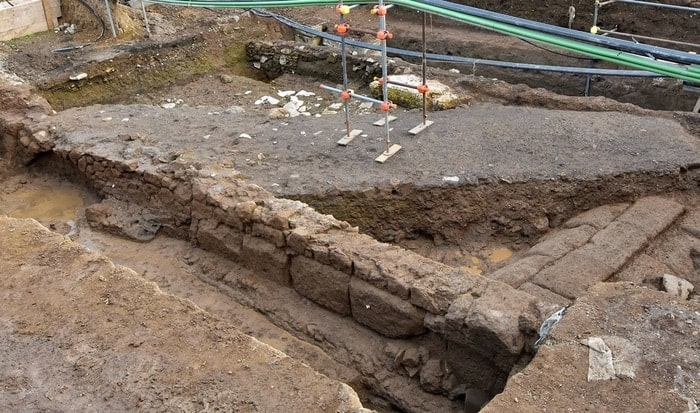An extraordinary archaeological discovery in Cookham, Berkshire, is rewriting our understanding of healthcare in early medieval England. Unearthed behind the village’s Holy Trinity Church, the remains of an 8th-century Anglo-Saxon monastery—once overseen by Queen Cynethryth and King Offa—may represent the oldest hospice ever found in the UK.
Since 2021, archaeologists from the University of Reading have been meticulously excavating this historic site. Their work has uncovered a large wooden structure, an ancient water mill, and, most notably, a cemetery revealing a remarkable concentration of individuals who suffered from serious illnesses and injuries. This rare assemblage of skeletal remains is shedding new light on how Anglo-Saxon communities cared for the sick and dying.
A Hospice Ahead of Its Time
Professor Gabor Thomas, who leads the excavation project, explains: “Initial analysis of the remains shows a high prevalence of individuals with severe pathological conditions. Nearly every person buried here experienced some form of health challenge, whether trauma, infections, or tumours.” The diversity and severity of these ailments suggest that the monastery functioned as a medical centre, attracting patients not just from Cookham but from beyond.
Dr Ceri Falys, a human osteoarchaeology specialist at the University of Reading, analyzed 23 skeletons from the site. Her findings reveal a community marked by frailty and disease: many adults were smaller than expected for their age, and several showed signs of skeletal trauma consistent with accidents or injuries. One individual bore evidence of skull surgery, while others had bone deformities caused by tumours. Some skeletons showed signs of pressure sores—clear indications of long-term immobility and care.
“These signs of extended treatment point to a form of hospice care,” Dr Falys notes. “People were brought here to be cared for, treated, and comforted in their final days.”
📣 Our WhatsApp channel is now LIVE! Stay up-to-date with the latest news and updates, just click here to follow us on WhatsApp and never miss a thing!!
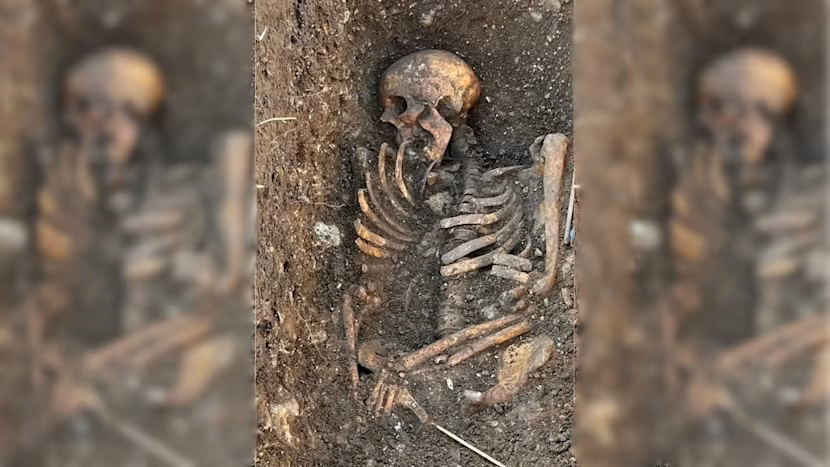
Tumours, Trauma, and Treatments
Professor Mary Lewis, a bioarchaeologist, highlights a startling discovery: among the remains, 11% displayed signs of cancer—significantly higher than previously recorded rates for the Anglo-Saxon period, which were around 0.8%. This unusual frequency suggests the site was a place where those suffering from serious illnesses sought healing.
“The conditions found here are so varied and severe that these individuals couldn’t all have come from the local population,” says Professor Lewis. “It’s likely that the monastery had someone akin to a medic—perhaps a person skilled in herbal remedies or prayers aimed at treating tumours and swellings.”
Chemical and isotopic analysis of dental calculus (plaque) is planned to uncover what herbal medicines or incenses might have been used in treatment. Such tests could also reveal the geographical origins of the patients, showing how far people travelled for care.
Historical and Religious Context
Operating during a period of great religious transformation in England, the monastery played a vital role in the spread of Christianity in the Thames Valley. Professor Gabor Thomas emphasizes, “Christianity was still relatively new at this time, and monasteries like this helped Christianize local communities while also serving social and medical functions.”
Queen Cynethryth, the site’s historical ruler alongside King Offa, was a unique figure in Anglo-Saxon history. Her royal patronage of the monastery adds political and cultural significance to the discovery.
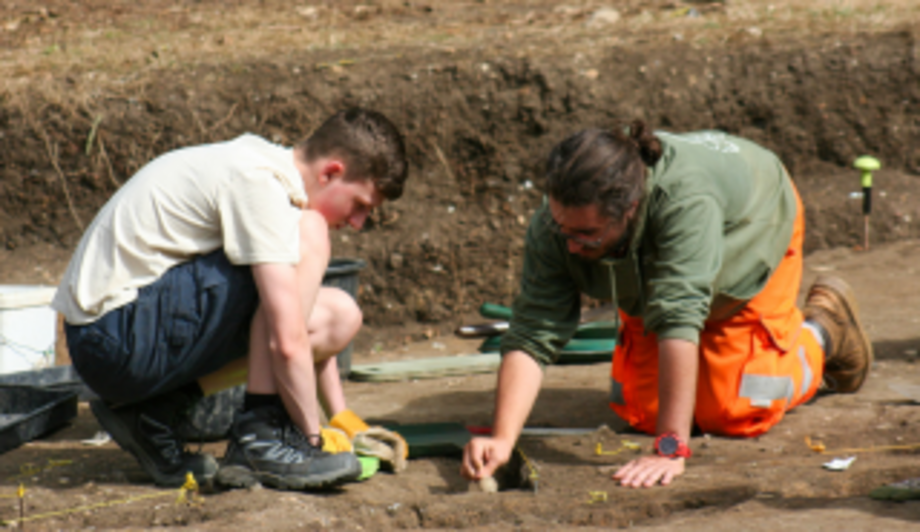
Community and Continuing Research
Fr Stephen Mills, Vicar of the Benefice of The Cookhams, remarks on the monastery’s enduring legacy: “Over twelve centuries later, Holy Trinity Church continues to offer comfort and hope. It’s remarkable that this excavation is unfolding the story of a place that may have been one of the earliest hospices in our land.”
This ongoing research will illuminate how early medieval people cared for their community’s most vulnerable, highlighting a blend of faith, medicine, and compassion rarely seen in the historical record.
Cover Image Credit: University of Reading

